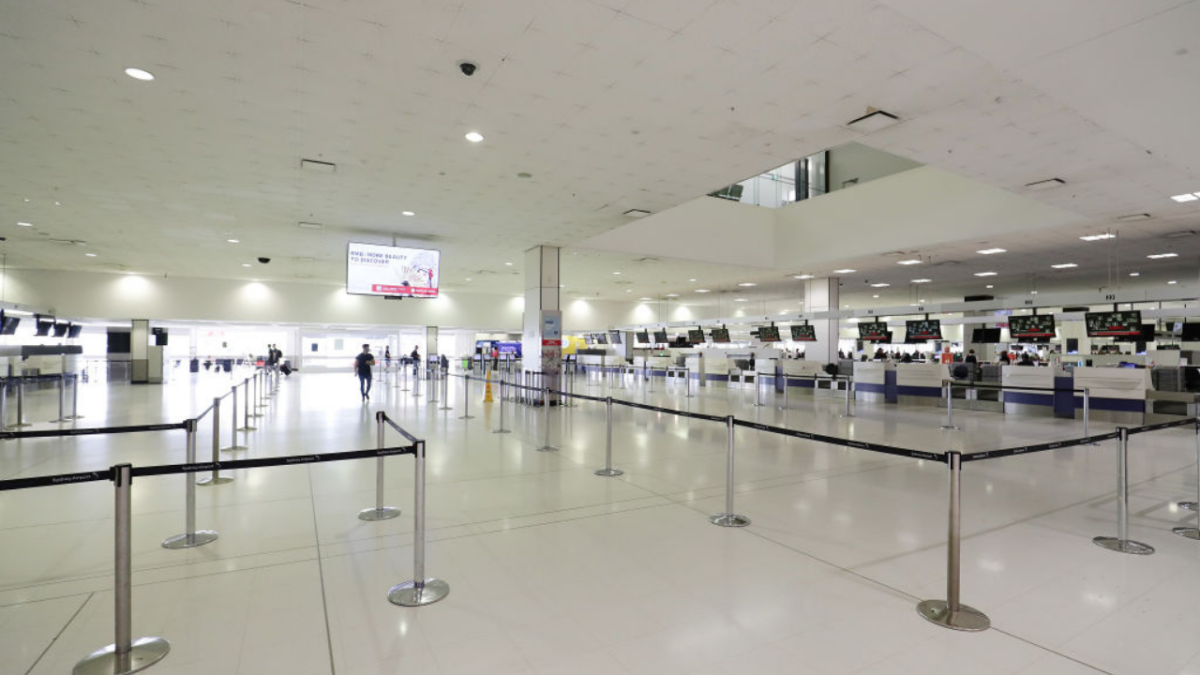
It’s a grim anniversary today as we mark two years since Australia recorded its first case of the novel coronavirus, while the World Health Organisation (WHO) boss has warned there is no end in sight just yet.
At a meeting on Monday WHO’s director-general Tedros Adhanom Ghebreyesus said while the worst of the pandemic could be over by the end of this year, we shouldn’t be assuming we are “in the endgame”.
Ghebreyesus said conditions remain ideal for more variants to emerge and it’s unlikely Omicron would be the last one.
“There are different scenarios for how the pandemic could play out and how the acute phase could end, but it’s dangerous to assume that Omicron will be the last variant or that we are in the endgame,” he said.
He said vaccinating 70 per cent of each country’s population was key, and learning to live with the virus did not mean giving it a “free ride” — or “letting it rip” as our leaders say.
He said 50,000 deaths per week from a preventable disease was unacceptable.
So far COVID has outlived the Spanish Flu pandemic, which lasted from February 1918 to late 1919 to early 1920, depending on which records you look at. It infected about 500 million people worldwide, about a third of its total population at the time, and killed an estimated 50 million.
Casting our minds back to January 2020, here in Australia we had just been hearing about a strange flu in Wuhan, China. On January 23 the city’s 11 million residents were locked down to stop the spread.
On January 25, we recorded our first case: a Wuhan man who flew to Melbourne.
Minister for Health Greg Hunt, who was largely unknown to the public at the time, said the only clear evidence of human-to-human transmission was in the Wuhan region, and Australia’s healthcare system was equiped.
“Australia has world-class health systems with processes for the identification and treatment of cases, including isolation facilities in each state and territory, these processes have been activated.”
Ooft.
Two years since the first COVID-19 case was first detected in Australia… pic.twitter.com/n2HSeSE9v3
— Andrew Brown (@AndrewBrownAU) January 24, 2022
Back then COVID-19 wasn’t even named yet. We would still be calling it the coronavirus until the WHO named it on February 11.
Most early cases in Australia were caught overseas and flown in, mostly from China and Europe. Or in the case of the Ruby Princess, arrived by boat. In April 2020, 2700 passengers were allowed to disembark the cruise ship in Sydney despite some exhibiting flu-like symptoms. In the weeks that followed, 663 of passengers tested positive.
The first locally acquired case came in late February — a Sydney healthcare worker who caught it from her brother who’d returned from abroad.
As the virus started to spread around the world, Australians were told to come home as soon as possible. Returning travellers were told to self-isolate for 14 days, before the hotel quarantine system was brought in in April. The international borders were shut, then the state borders, and cities began to lock down for the first time. How life has changed since sourdough and Tiger King.
But the measures weren’t enough to stop the virus penetrating all corners of the country.
Two years later, more than two million Australians have been sick with COVID and 3154 people have died.
Across the globe 351 million cases and 5.6 million deaths have been recorded.
We now have vaccines to combat the virus, but with new variants flipping the script and more predicted to emerge, we are still well and truly in the woods.
Today, spare a thought for the families who’ve lost loved ones and the essential frontline workers holding this country together.
And please, go and get your booster if you’re eligible, wash your hands, mask up and stay safe.



